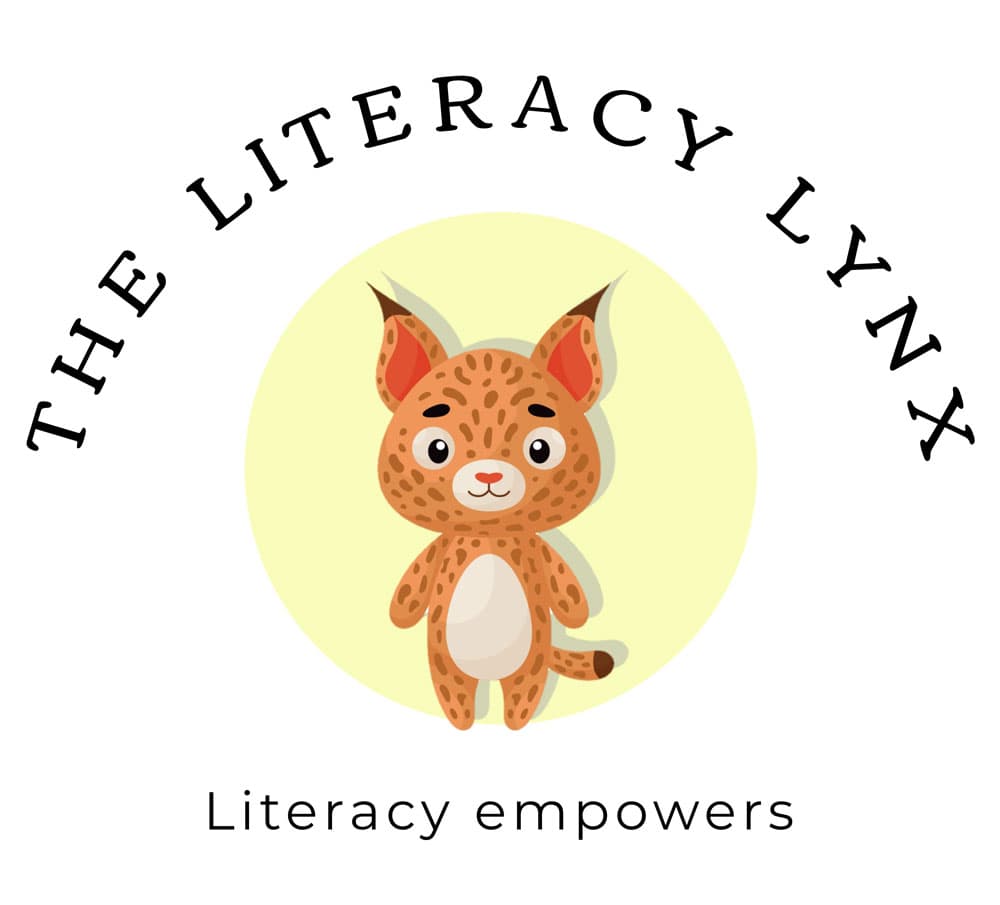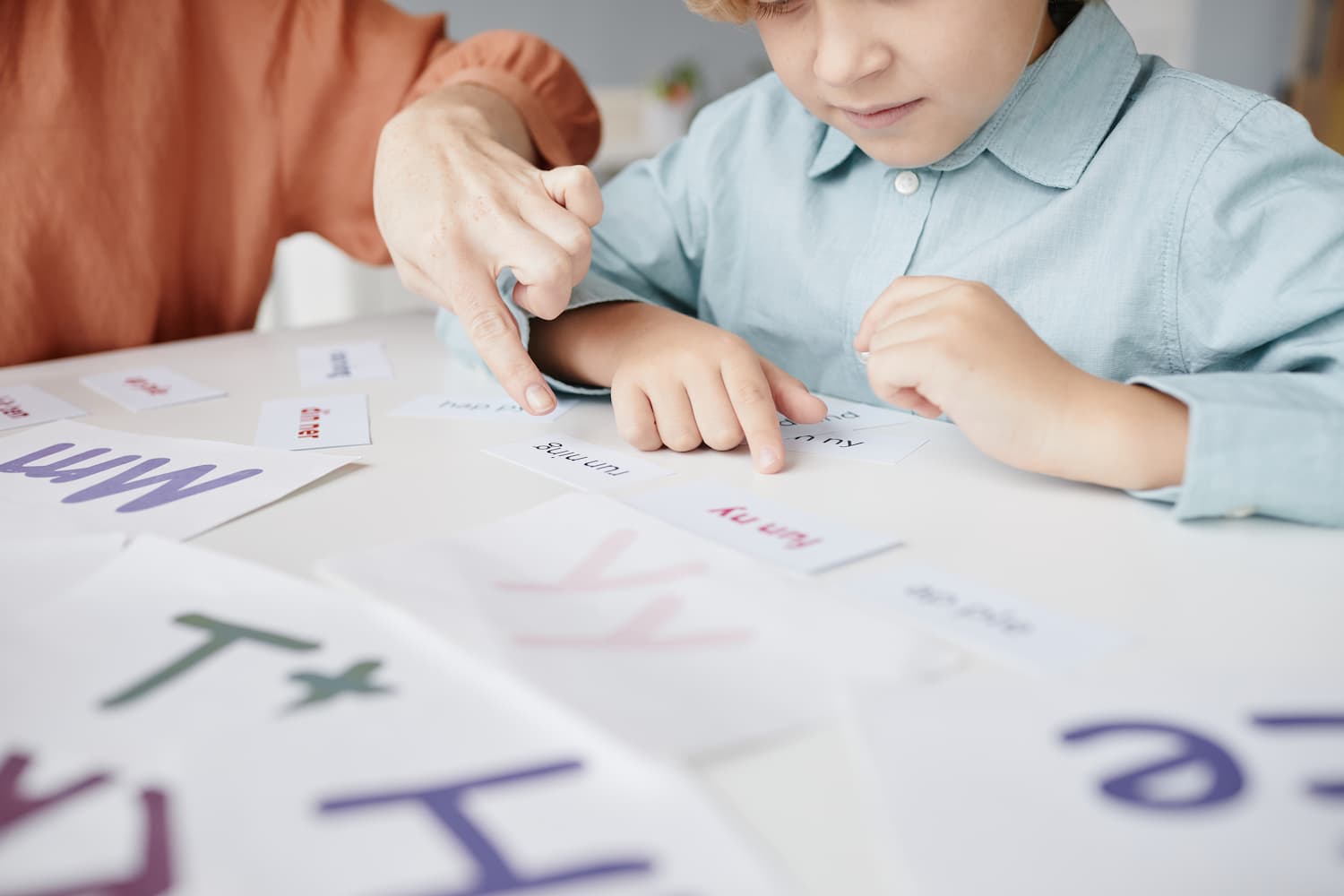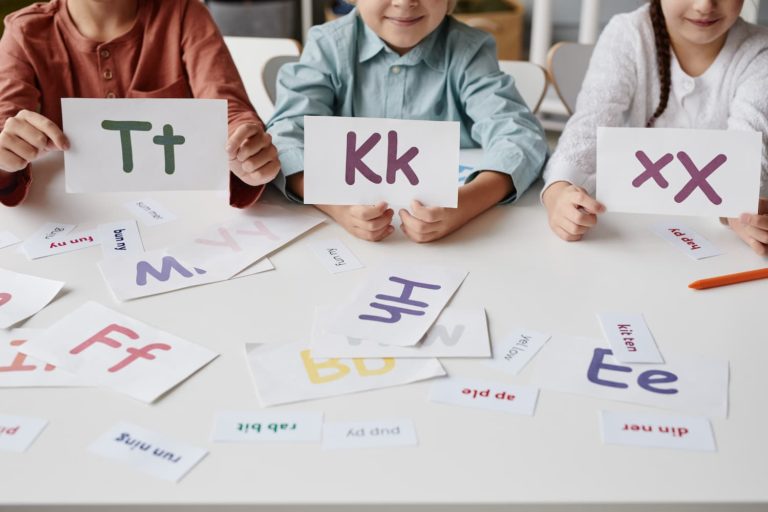What Is Synthetic Phonics?
Synthetic phonics is a method of teaching children to read (decode) and to spell (encode). Children who are taught using a synthetic phonics approach will learn individual sounds and their corresponding written symbol, or grapheme, and they will blend (synthesise) these individual sounds to read words and break them apart (segment them) to spell words.
When using a synthetic phonics approach, the first six sounds taught are generally /s/, /a/, /t/, /p/, /i/, /n/. Why? Because look how many decodable words you can make by blending these individual sounds together:
| a | sip | spin | pits |
| at | tap | spit | pans |
| an | tip | spat | pins |
| in | tan | span | spins |
| it | tin | taps | spits |
| ant | Stan | tips | spans |
| sat | pat/Pat | tins | ants |
| sap | pit | sits | pant |
| sit | pan | sips | pants |
| sin | pin | pats | Nat |
NOTE: Be aware that although you can make the words as and is the /s/ actually makes a /z/ sound.
If children were taught the sounds of the alphabet from /a/ through to /z/, the ability to start practising the essential reading skills of blending and segmenting would be severely hampered. How many decodable words could you make if the first six sounds taught were /a/, /b/, /c/, /d/, /e/, /f/? Not many!
| a |
| bad |
| bed |
| fad |
| fed |
| cab |
When children are taught using a synthetic phonics approach, they can begin to practise the essential skills of blending and segmenting. They are learning to ‘crack the code’ of our English language. From early on they can be given little sentences to read, even if they are nonsense sentences, giving them the opportunity to apply the knowledge and skills they have been taught. For example, a sentence strip might read:
an ant in a pan or a pin in a tin
Not only is this giving the child the opportunity to apply and consolidate knowledge, it is also allowing them to see themselves as readers and writers, and what an important gift this is to give to a child. It is the beginning of literacy acquisition, and literacy is empowering!
My following posts will be topics that start with one of the first six sounds taught when teaching reading and spelling using a synthetic phonics approach.
The first topic will begin with the /Ss/ sound. I hope you will join me.







